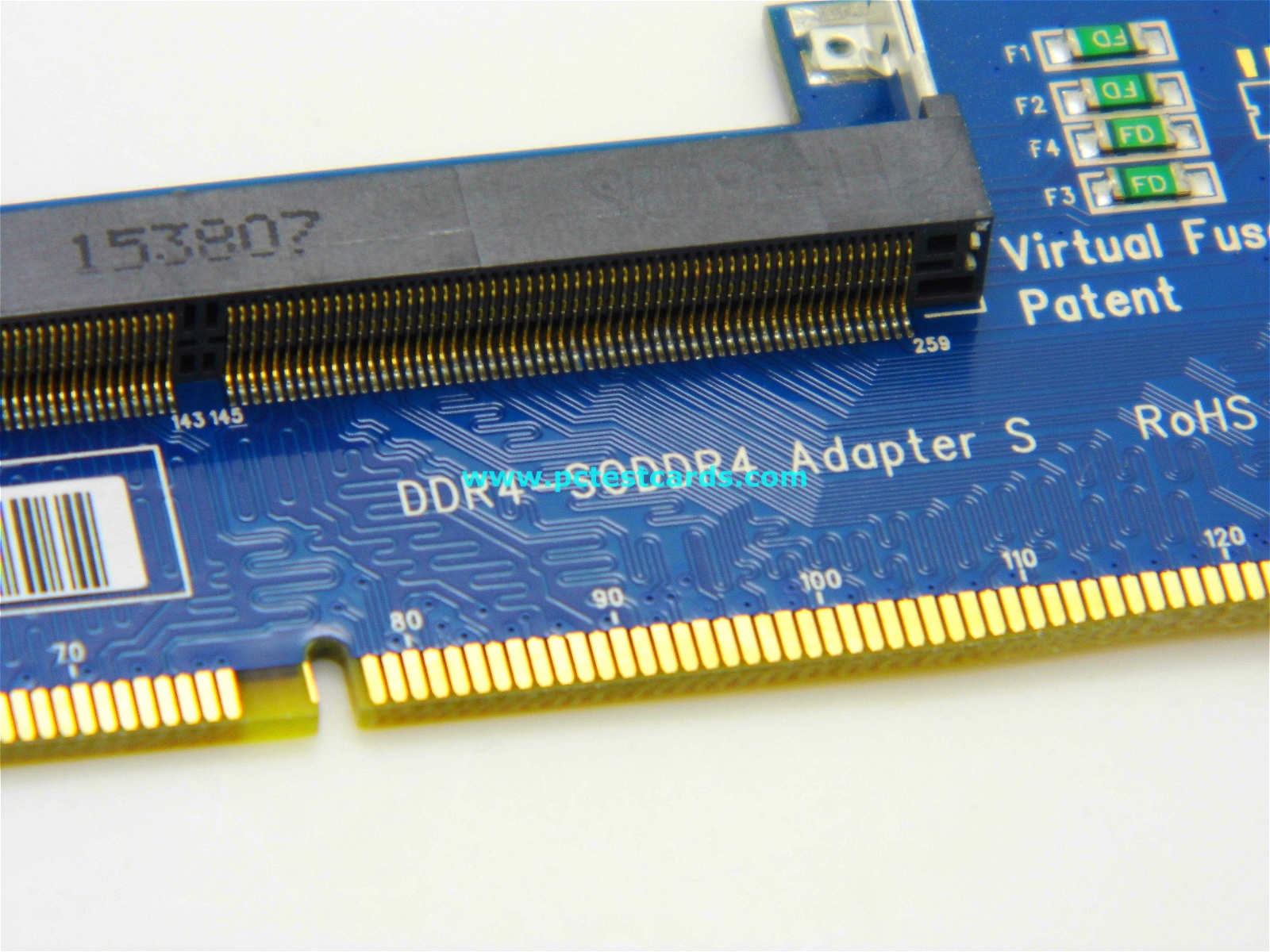Purpose Of Memory Slots
A memory slot, memory socket, or RAM slot allows RAM (computer memory) to be inserted into the computer. Most motherboards have two to four memory slots, which determine the type of RAM used with the computer. The most common RAM types are SDRAM and DDR for desktop computers and SODIMM for laptop computers, each having various types and speeds. The picture below is an example of what memory slots may look like inside a desktop computer. In this picture, there are three open and available slots for three memory sticks.
When buying a new computer or motherboard, pay close attention to the types of RAM the memory slots can accept. Make sure you know exactly the type of RAM to buy for your computer. It is also important to note how many available memory slots are available in your computer. It is not uncommon for computers to have all memory slots occupied. If all slots are full and you want to upgrade the computer memory, you need to remove some or all of the existing memory.

PCIe slots come in different physical configurations: x1, x4, x8, x16, x32. The number after the x tells you how many lanes (how data travels to and from the PCIe card) that PCIe slot has. DIMM (dual in-line memory module) slots are the place on your motherboard where the RAM goes. As such, you may also see DIMM slots referred to as “RAM slots.”.
Why are the memory slots different colors?
When a motherboard has different colored memory slots, it indicates the memory slots are dual-channel, and pairs of memory should be installed on the same channel (color). For example, a motherboard could have two yellow and two black memory slots. The yellow memory slots could indicate Channel A and Channel B could be indicated by the black slots. If you were only installing two memory sticks, you'd want to install both of them in Channel A (yellow slots) for optimal performance.
Related pages
Memory Slot Bad

Memory Slots Available
Memory module, Memory terms